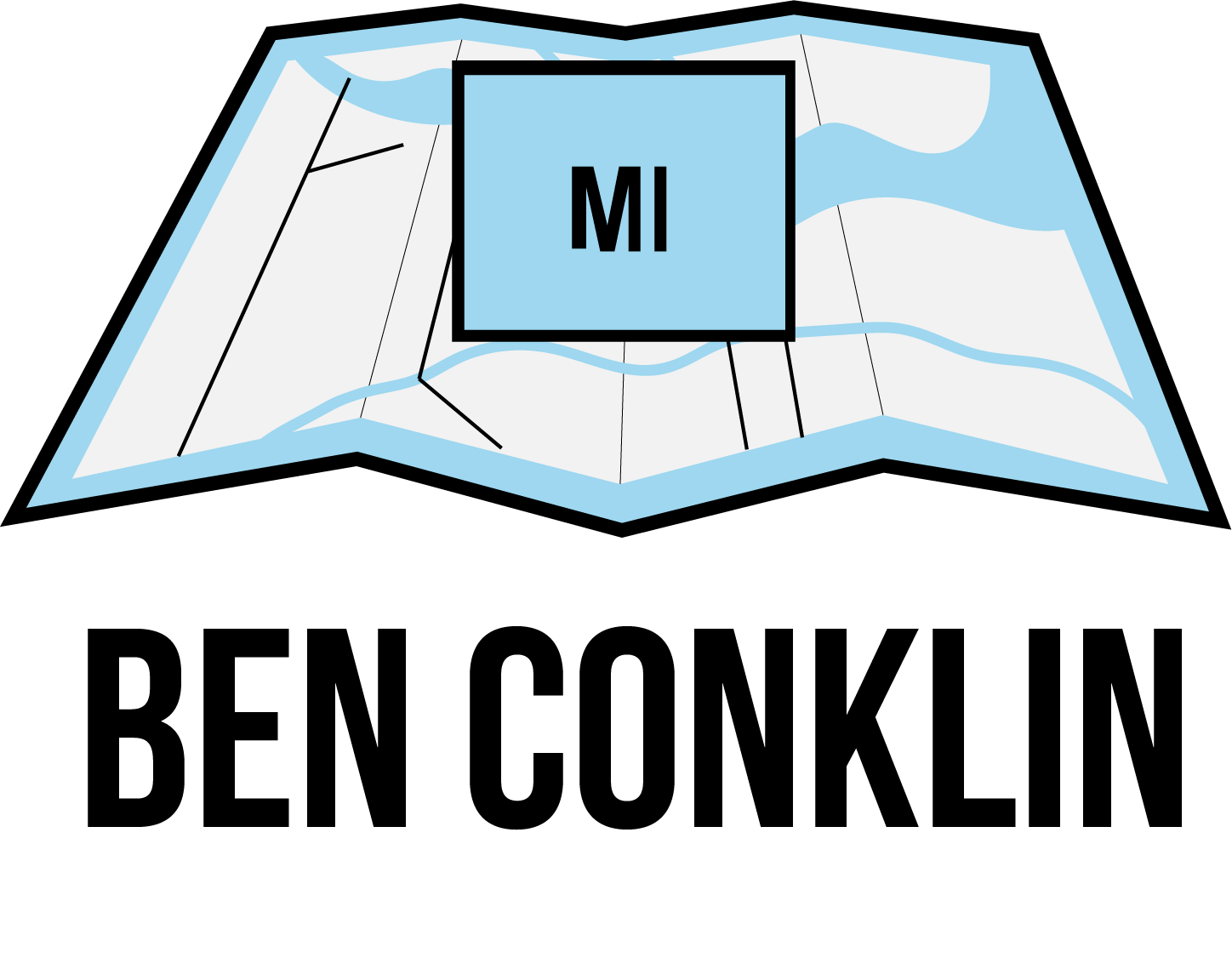GIS Support to Intelligence Production and Analysis
Intelligence Production and Analysis is fundamentally about integrating data, developing an understanding of threats, and predicting possible outcomes. I generally group production and analysis into categories based on the nature of the target or key question. When starting an analytic task you often know something about the target. Either the signature of the target or the target location. Your approach can be based on what you know, or what is unknown. I have adapted this graphic from the Biltgen and Ryan’s great Activity Based Intelligence Principles and Applications book to illustrate this point.
Monitor
Monitoring methodology is used when a target location and signature are known. This task is critical because monitoring our adversary can help understand intentions and give us indications we can use for warning about future behavior. For example, we may know the location of a military training area, and we can use our knowledge of enemy tactics to understand the types of operations based on preparations. GIS helps us by giving analysts tools to capture their observations in a structured way and allows us to integrate observations across time. A GIS can be used to created dashboards for the integration of multiple observations and to help trigger alerts. In the future AI will probably help replace some of the manual aspects of monitoring and GIS will help analysts visualize the AI analysis to understand why something is happening.
Search
Search methodology is used when a target location is unknown but the signature is known. The target might be a moving asset, or it might be a fixed facility or new type of entity with significance to intelligence. In all cases, the job of the analyst is to try to reduce the search area and leverage collection effectively to determine the location of the target. GIS helps explicitly in many ways. First, analysis of the operating area can help to reduce search areas. Most known targets have factors that influence their location. The factors might be anything from physical terrain constraints or even social and political factors. Mapping these out and combining these factors can dramatically reduce the search area. As targets are located, machine learning can be used to identify these influential factors. Finally, GIS helps analysts record their search activity and collection requirements.
Research
Research methodology is used when the location of the target is known but the signature is unknown. For example, this might be the case for a critical facility. The location of the facility might be known, but that exact usage of the facility or potential indicators is unknown. In this case, GIS helps by giving analysts the ability to capture data about the facility using time and space and then being able to move backward and forward in time to look for patterns and trends. Multiple data sources can be integrated to understand a location in more depth. Reporting from numerous collection methods can be combined to gain a holistic understanding of a target. Analysts can share analytic assessments along with their research data as conclusions are reached.
Discovery
Discovery methodology is used when the most vexing of intelligence problems presents itself. The unknown-unknown, unknown locations, and unknown signatures. In this case, GIS helps provide a foundation for a discovery method of intelligence known as Activity-Based Intelligence (ABI). ABI, with its foundation in location, is a fundamentally spatial approach to resolving unknowns in Intelligence. Discovery methodology is beginning increasingly crucial in the complex intelligence environments we find ourselves in today.
Further Reading
I write about ABI extensively, and the best starting point is these blog posts
If you would like to know about how Esri’s ArcGIS supports Intelligence Production and Analysis, please visit our Intelligence Website
In future posts, I will delve into how GIS-based production and analysis is integrated into standard intelligence products like:
Indications and Warnings
Current Intelligence
General Military Intelligence
Target Intelligence
Scientific and Technical Intelligence
Counter-Intelligence
Estimative Intelligence
Intelligence Preparation of the Environment
